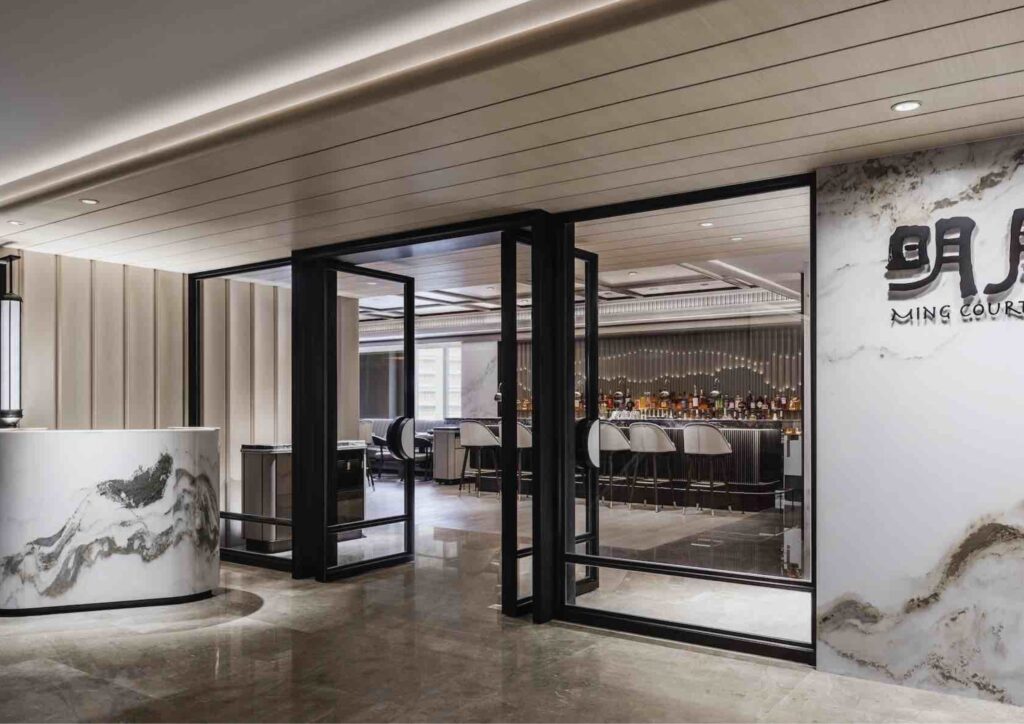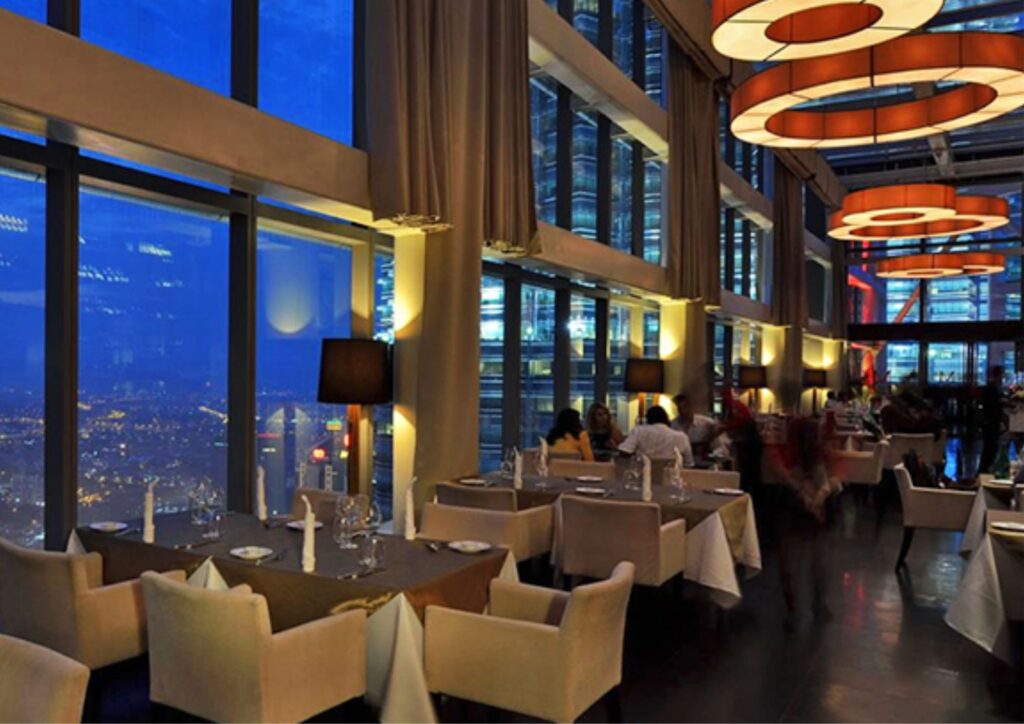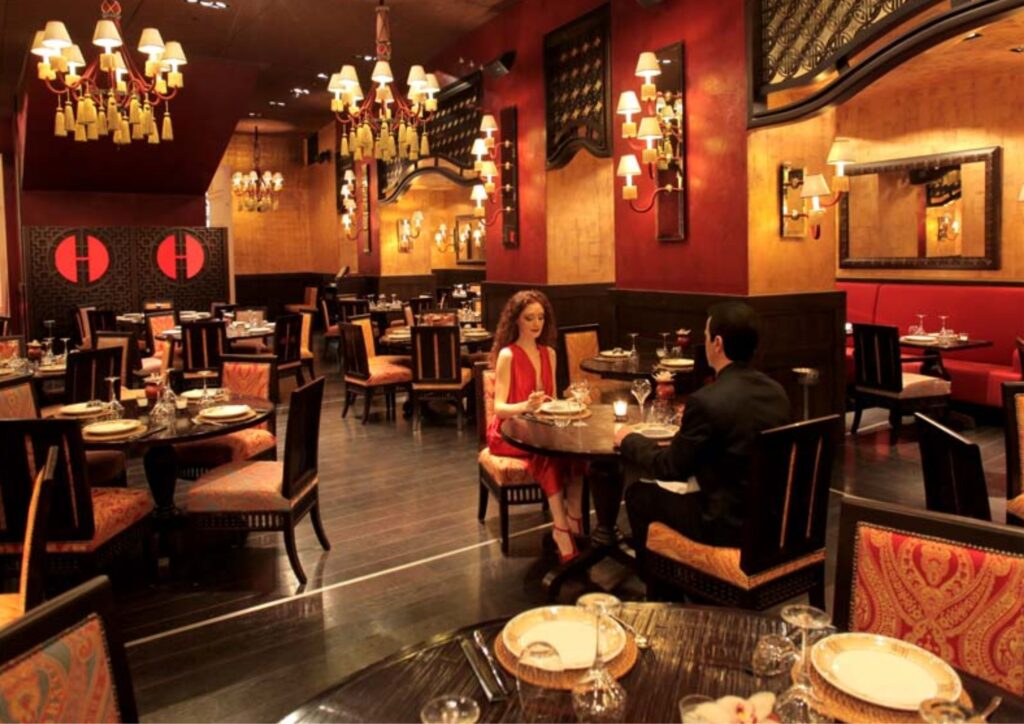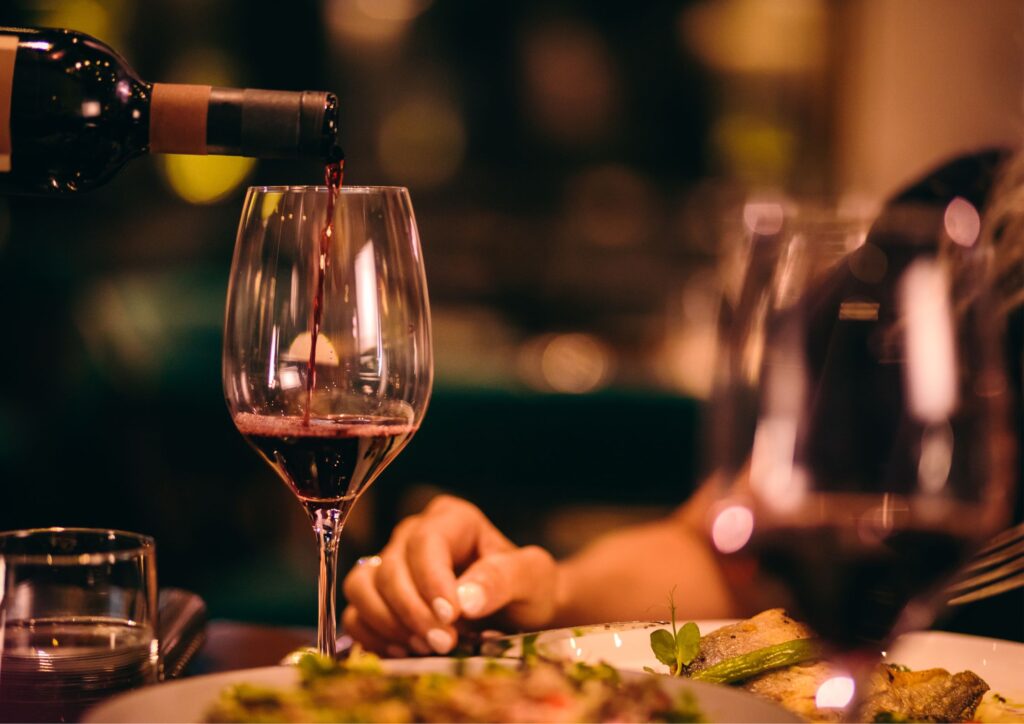Every restaurant aims to deliver a quality dining experience to its customers. Fine dining is an art that combines culinary mastery with a captivating dining experience. When considering your fine dining restaurant design, it should be held to the same standards and expectations. To truly excel in fine dining, restaurateurs must carefully curate a captivating ambiance that enhances the culinary journey.
A fine dining restaurant design usually provides customers with a luxurious, unique experience so they will keep returning to your restaurant. It plays an important role in creating a memorable and immersive customer experience.
From the moment customers step through the doors, they should be immersed in an atmosphere that evokes elegance, sophistication, and culinary excellence. In this article, we explore the elements that contribute to creating a remarkable fine-dining restaurant design.
Video Credit: CentralSeating
Fining dining is a concept that offers customers the finest in food, service, and atmosphere. A fine dining restaurant is an establishment that offers an upscale and luxurious dining experience, typically characterized by an exquisite ambiance, exceptional service, and high-quality food. It aims to provide customers with a refined and elegant atmosphere where they can enjoy a leisurely meal and indulge in a culinary journey.
It is important to understand the purpose and meaning of this dining establishment when crafting a fine dining restaurant design.
There are many types of restaurants, such as fast food, bistros, Chinese, cafes, and more, but fine dining restaurant hold their separate category. You may generate more sales from a fine dining restaurant, but you will also need to pay more for food, design, equipment, and furniture than you would run a cafe.

People usually make their first judgment on the exterior of a restaurant without even glancing at the menu. The entrance of a fine dining restaurant is crucial in creating a lasting first impression and setting the tone for the entire dining experience. It serves as the gateway to the restaurant’s ambiance and should evoke a sense of anticipation, elegance, and exclusivity. That is why you must make your fine dining restaurant entrance look as enticing as possible.
The first impressions always count. When crafting a fine dining restaurant design, you should consider how you can make your entrance simultaneously welcoming and different enough for diners to be interested in your restaurant.
The entrance should exude warmth and hospitality. Consider incorporating a tastefully designed reception desk or podium where guests can be greeted by attentive staff. Comfortable seating can be provided for guests awaiting their table, ensuring a pleasant and inviting atmosphere.

Do you know that colors can affect your customer’s mood? It is a good idea to research color psychology before you decide on the color scheme of your fine dining restaurant. Colors can affect your customer’s moods, and you should use them accordingly.
For example, red and yellow reflect energy. You can often see these two colors in fast-food establishments. For fine dining restaurant design, white and gold are often used as they are often associated with serenity and grandeur.
You should design your restaurant to let your customers relax and want to stay. So avoid a busy color palette, as it will keep your customers away due to the sense of urgency it invokes.
Keep your lights warm and low-intensity. Consider wall lighting instated of ceiling lights. Feel free to use any color, but too many colors may make your customers feel like they are in a nightclub or a fast food joint.
Balancing the color scheme and lighting in a fine dining restaurant is crucial to create the desired ambiance and enhance the dining experience. The right combination can evoke a sense of elegance, warmth, and sophistication.

Crafting a fine dining restaurant design requires efficient physical and psychological care and attention. Factors to be successful in a restaurant business include good customer service, food, and ambiance. Customers should feel comfortable and enjoy their meals in a restaurant.
Even the smallest detail will affect the customer’s dining experience. Each fine-dining restaurant has its own requirements. Some may only need a single dining room, while others may require a private room to accommodate parties.
Here are some considerations when designing your fine dining restaurant layout. You should avoid placing tables near restrooms or placing them in the center of the dining hall. Also, don’t place the tables near the front door. Tables near the kitchen can be uncomfortable for customers. Consider using tall plants or elegant dividers to create divisions between tables if needed.
The seating layout and floor plan should align with the overall concept and theme of the restaurant. Also, comply with local building codes and regulations.

Acoustics is a critical element in the design of a fine dining restaurant as it significantly influences the overall dining experience. The right balance of sound can create a serene and comfortable atmosphere where customers can enjoy their meals and engage in conversations without excessive noise distractions.
Excessive noise can disrupt the ambiance of a fine dining establishment. Carefully choose materials and surfaces that absorb sound to minimize noise reflections and create a quieter environment. Acoustic panels, wall coverings, and ceiling treatments can help control noise levels.
When choosing flooring materials for your fine dining establishment, hard surfaces like stone or tile floors can contribute to noise reflections and amplify sound. Consider using carpets or rugs with appropriate acoustic properties to absorb sound and reduce noise levels. Carpeted areas near dining tables can help mitigate noise generated by foot traffic.
Consider implementing soundproofing measures between the dining area and other spaces within the restaurant to ensure an undisturbed dining experience. This is particularly important when open kitchens or bar areas may generate higher noise levels. Proper insulation, sound barriers, and acoustically designed doors can help maintain a tranquil dining environment.

Need help with interior design? I-dzine is your answer to it. We are experts in transforming space from virtual to reality. Our expertise in renovation design, oversight, and management ensures that your property is well-designed. We relentlessly focused on delivering meticulously created, beautiful, functional designs.